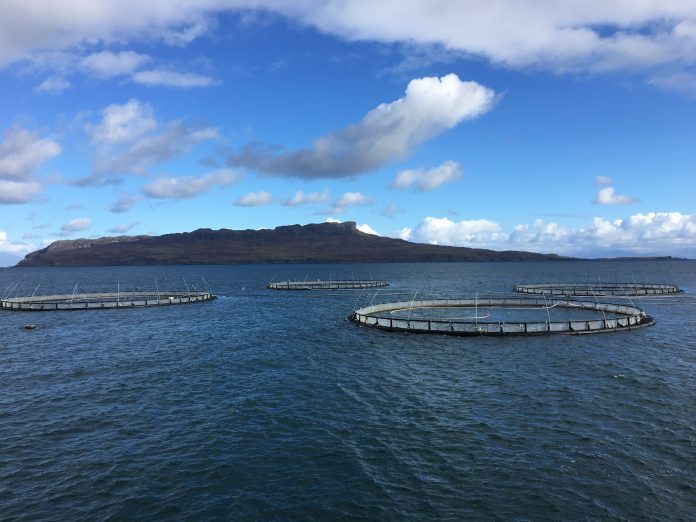Aquaculture is a great candidate for falling into the ESG category of investing but to be attractive enough, it must do the basics right.
In the recent report by leading global consulting firm PWC (PricewaterhouseCoopers), it was disclosed that 57 per-cent of mutual asset funds in Europe will be transformed to the funds which will be considering ESG (Environmental, Social and Corporate Governance) at the centre of their investment decisions. The expected growth in the sector is projected to be over USD 8 billion by 2025.
Invest
Is the aquaculture industry ready to position itself to capture the attention it needs to expand its production? Global demand for sustainable and healthy food production makes aquaculture a great sector to invest in, but does aquaculture today fulfill all the measures which qualify it to become the preferred sector for investing?
These are the questions that must be considered seriously if the aquaculture industry must transition into the next half of this century. This is hard to answer as aquaculture is still a young industry compared to the options investors have, such as energy, infrastructure and transport.
Does land-based fish farming pose an “image” risk to new investments? The unprecedented growth in the new projects in the land-based fish farming sector has brought unmatched investor interest to the aquaculture sector. But this journey has not been without its pitfalls so far. The next couple of years will be crucial to decide the fate of land-based fish farming providing the projects will remain financially viable and biological challenges remain under control.

How about fixing traditional aquaculture? As there has been an increased focus on land-based fish farming, traditional aquaculture has seen a lack of attention as the marketing space has remained filled by the new ventures. Traditional aquaculture does represent big opportunities that should not be ignored by the investment community.
Lacks attention
Take biosecurity and preventive medicine, for example, this is one of the areas which needs attention. Other than a few developed markets such as Norway, antibiotics are still being used at large scale in aquaculture production. A lack of proper biosecurity measures is another example. USD 20 billion’s worth of fish die globally, which otherwise would have been consumed by the consumers.
Aquaculture feed also lacks attention. Fish feed, which accounts for 50-60 per-cent of the cost of production, is a big space where there is still a lot that needs to be done to make it efficient and sustainable.
Climate change and aquaculture
Sea temperatures are rising in some parts of the world and dropping in some other parts. The effect of it is already being felt in aquaculture with Atlantic salmon, which is not growing optimally in the summer temperatures. With rises in seawater temperatures, more changes are to be expected. The good news is that aquaculture has a variety of species that can manage to grow in cold water and warm water. As an example, take salmon which thrive in cold water whereas tilapia thrive in warm water.
This phenomenon is unique to aquaculture. If water temperature for one species such as Atlantic salmon goes beyond its optimal limits, then you may go on to farm rainbow trout that can manage comparably in warmer temperatures. Aquaculture is a lot more resilient to climate change more than you think. If you compare it to the chicken farming industry, which comprises a major part of farmed animal production, they don’t have that luxury.
Aquaculture is, in fact, a great candidate for falling into the ESG category of investing but to be attractive enough, it must do the basics right. The world needs sustainable seafood from aquaculture to stay healthy, and if done correctly, aquaculture holds the key to the sustainable future of our planet.


